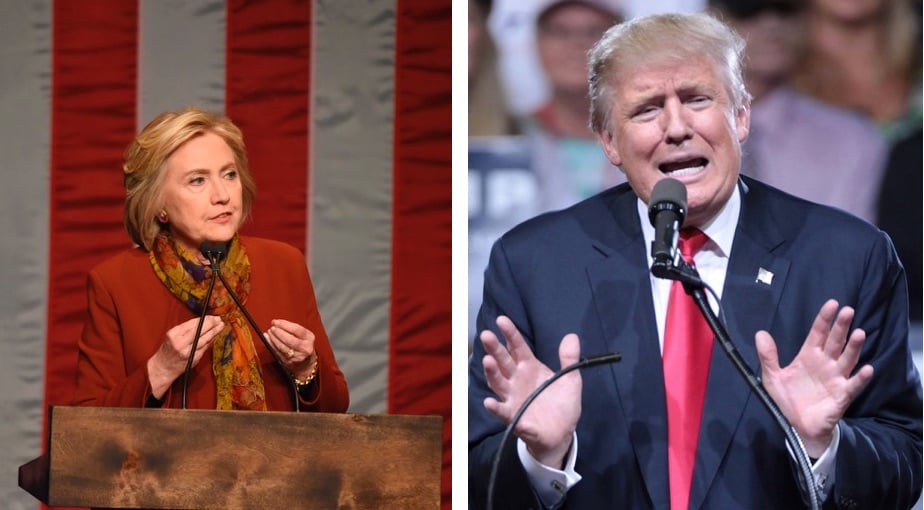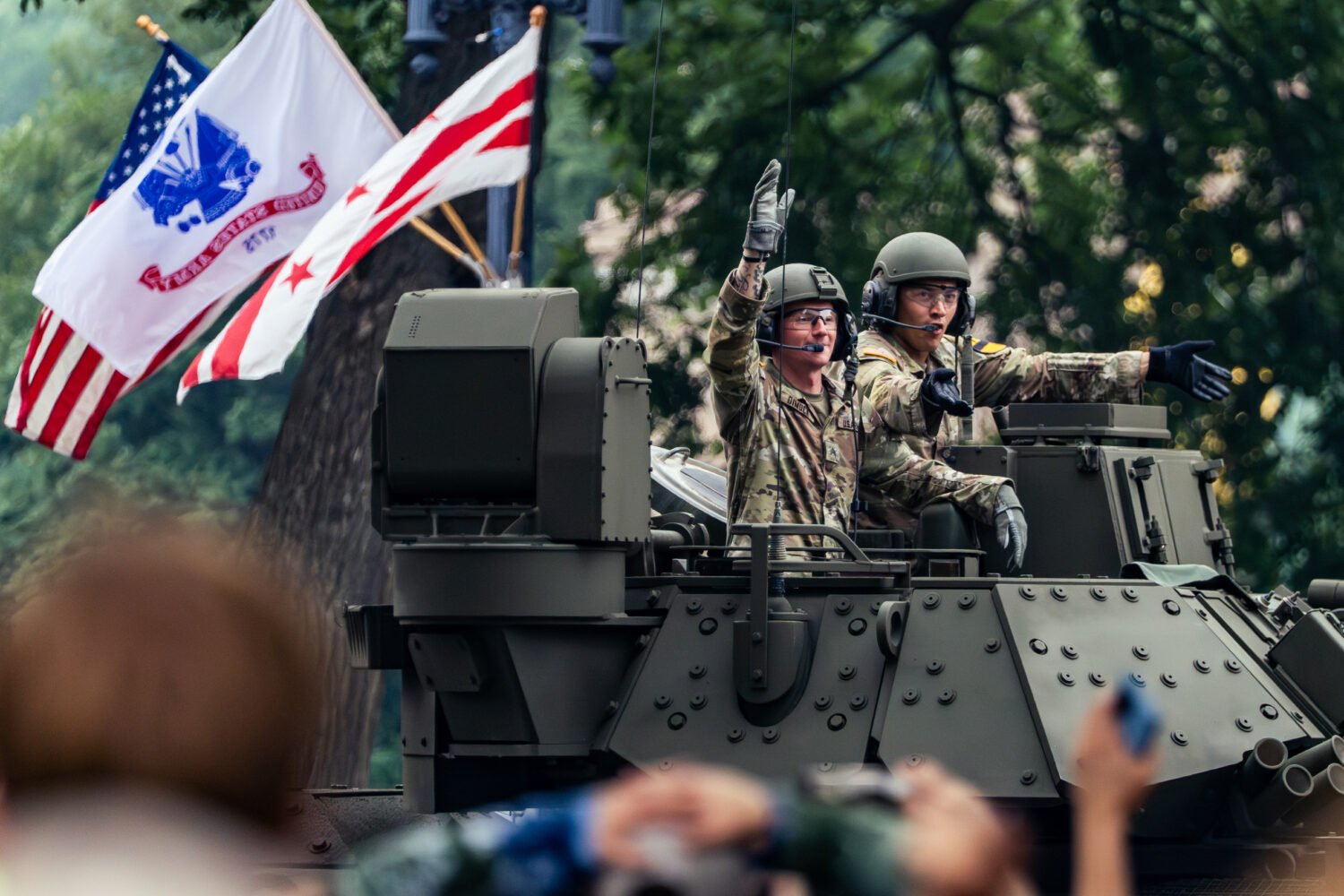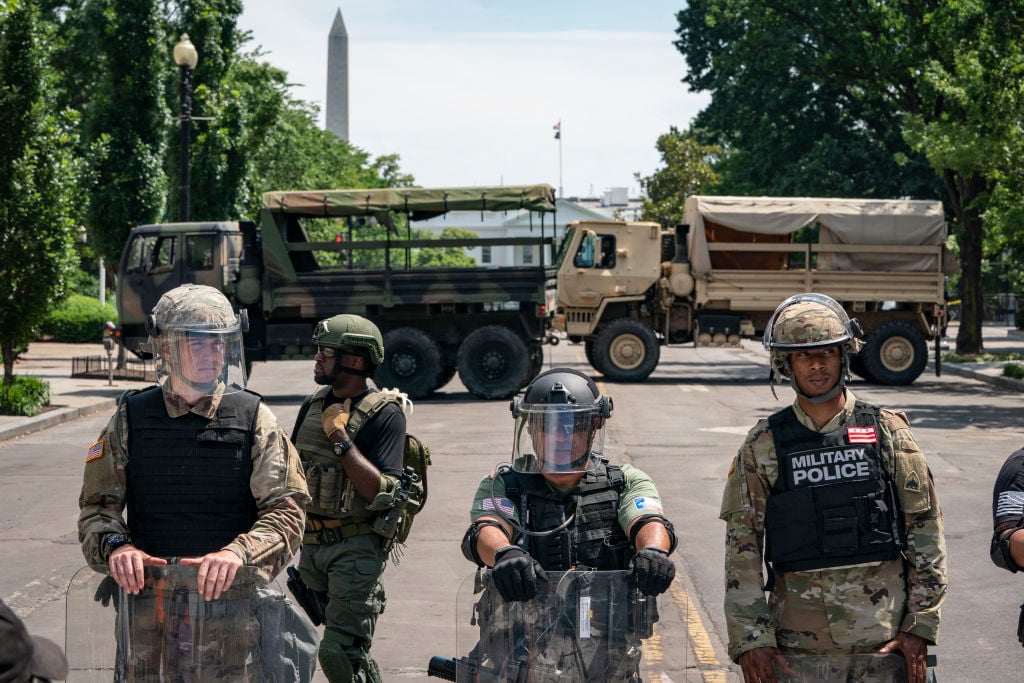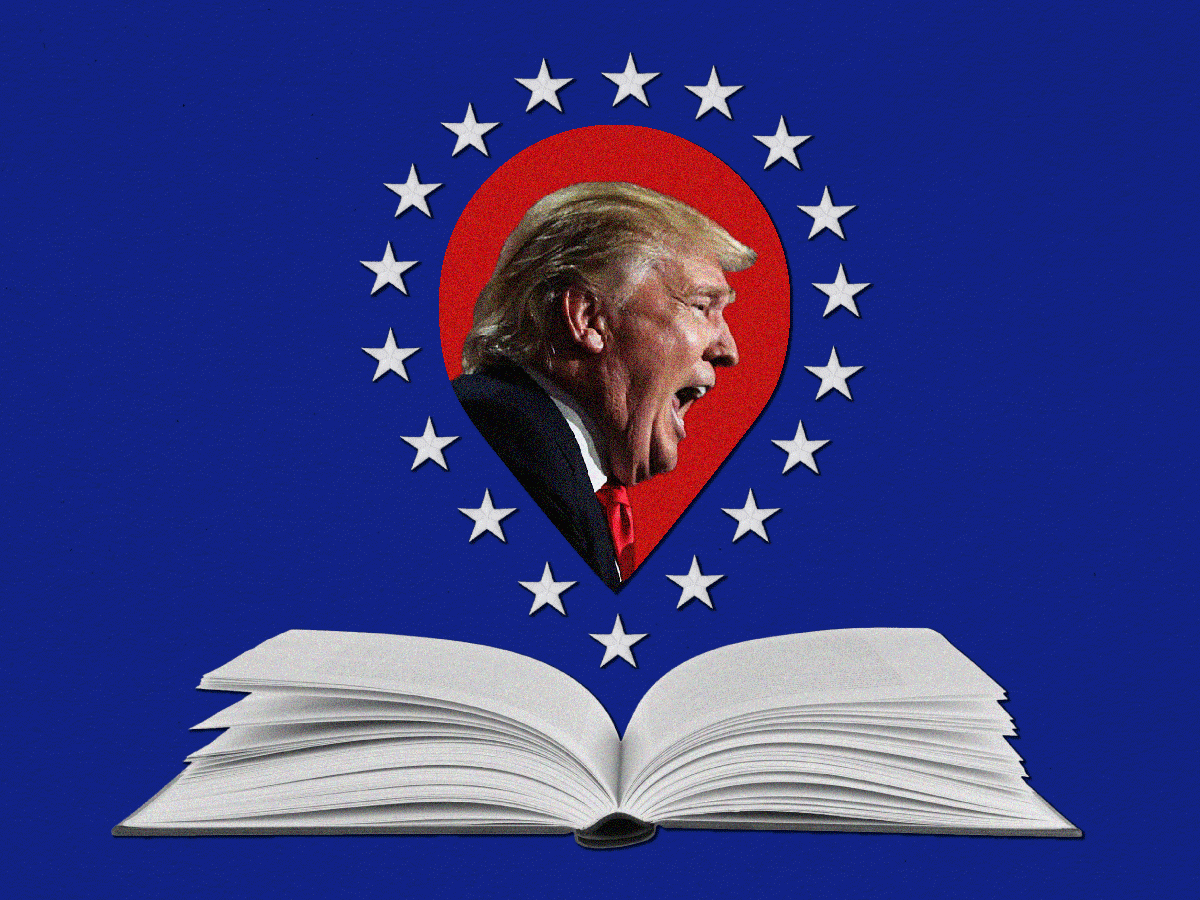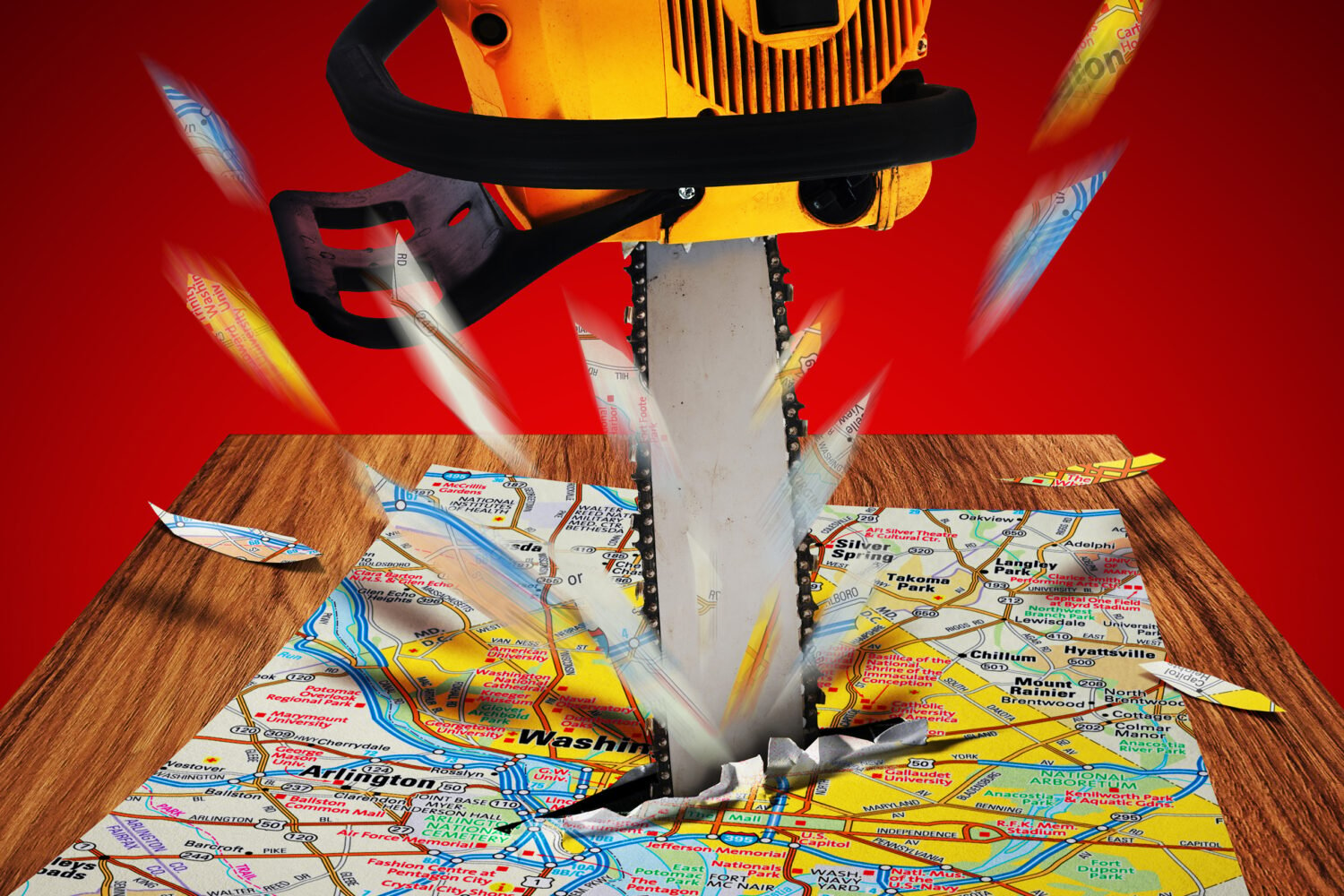When Hillary Clinton and Donald Trump meet Monday night in the first of their three debates, it won’t simply be the squaring off between a studious public servant and a flamboyant showman. It’ll be a test of their public personas, and how well they hold up under 90 uninterrupted minutes of prodding from the moderator and each other.
That’s one of the lessons from “The Great Debate: Style or Substance,” a short documentary from Retro Report that will be released Monday by the New York Times.
“People will say ‘Trump has the advantage because debates are about show business’ and other people will say ‘Hillary Clinton has the advantage because she’s a pol. expert and debates are about substance,’ ” says Erik German, a co-producer on the video. “That’s a false distinction. Substance and image cannot be untangled from each other. What we get when we watch debates is a little more complicated than a contest of show business or policy.”
That reading can change how debates are remembered, going all the way back to the first televised debate in 1960, between John F. Kennedy and Richard Nixon, which is commonly remembered as a visual win for the good-looking Kennedy and a radio win for the stentorian Nixon. After a highlight reel of generations of pundits spouting off the classic takeaway, “The Great Debate” debunks it.
David Greenberg, a Rutgers professor and author of Republic of Spin, a history of political communications, says in Retro Report’s video that there’s very little hard evidence radio listeners in 1960 were actually swayed toward Nixon. Kennedy was helped by his youth and vigor on television, but there was a bit more to his winning night.
“Just by standing side-by-side with the vice president and at least holding his own, if not more, Kennedy was able to convince people he was presidential timber,” Greenberg says in the clip. “The idea that Kennedy won because he had the better makeup job, I think, has left us with a distorted view of how the presidential debates work.”
But that view has helped turn the perception of debates into half-pageant, half-open-mic contest. It’s a bit more complex than that. Beside being presentable, each candidate also needs to show a mastery of facts that can hold up under scrutiny from their opponent, the moderator, and the armies of reporters who will be checking every word.
And even though both Clinton and Trump competed in several primary debates, general-election debates are very different events. Primary debates were hosted by single networks, featured audiences that could clap and cheer throughout, and in the Republican Party’s case, featured as many as 11 candidates on stage at one time. (While Clinton has been through dozens of one-on-one debates in her primary fights against Barack Obama and Bernie Sanders, Trump never participated in a debate with fewer than three other candidates.) General-election debates, by comparison, air on every broadcast and cable-news channel (and several online platforms), restrict their live audiences from cheering, and do not take commercial breaks.
In other words, the candidates’ public personas will come under more pressure than they have before. Even with her decades of public service, Monday’s debate will also be a new experience for Clinton. Trump’s persona, meanwhile, has been compared from everything to a reality-television star to a hormonal chimpanzee, as the anthropologist Jane Goodall put it to the Atlantic‘s James Fallows in his recent preview of this year’s debates.
“If the basic framework we’re using is right and the public persona is put to the test, i think what may ultimately matter as much is the resiliency of that persona,” German says. “It grows out of the person. JFK was vigorous. Ronald Reagan was a really cheerful dude. People who have a strong idea of who their public persona is tend to do much better.”
German also came away from his project unconvinced by critics who say debates are all about artifice. “The problem I have with that is that debates are still really popular,” he says. “Busy working people who aren’t political junkies stop and look at the candidates. It’s a civic ritual.”
Same goes for arguments claiming social media is somehow ruining the experience. German says that’s a cyclical argument that echoes those who complained in 1960 that putting a debate on television would somehow debase political discourse. Even with Twitter and other platforms making it easier for people to broadcast their instant reactions to the candidates, German thinks the institution of debates can weather it. “I’m just as suspicious of people who say social media is ruining them,” he says.
One last lesson German took from “The Great Debate” is that there is a limit to how much coaching and preparation can help a candidate. The best evidence, he says, comes from the 1988 vice-presidential debate when Democratic Senator Lloyd Bentsen dressed down Republican Senator Dan Quayle after the latter compared himself to Kennedy.
“Quayle’s own people heard he had been comparing himself to Kennedy and his people said said, ‘Dude, stop it,’ and he did it anyway!” German says. Bentsen, acting without the advice of his staff, knew that moment might come in his debate with Quayle, and crafted a response in anticipation.
The Democrats may have lost that election, but Bentsen’s rejoinder—”Senator, I served with Jack Kennedy. I knew Jack Kennedy. Jack Kennedy was a friend of mine. Senator, you’re no Jack Kennedy”—permanently left Quayle with a reputation as an bumbling dope.
Again, though, zingers like Bentsen’s are just part of the debate formula. “It’s an unscripted, high-stakes conflict situation,” German says. “The biggest mistake is anyone saying it all boils down to one thing.”

